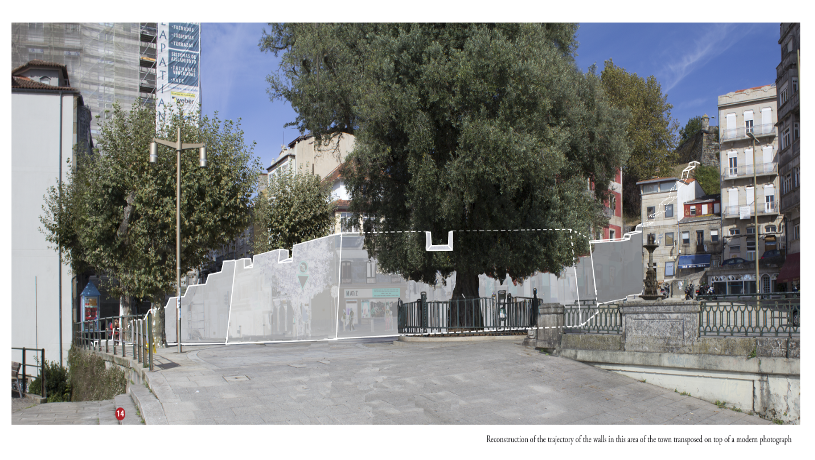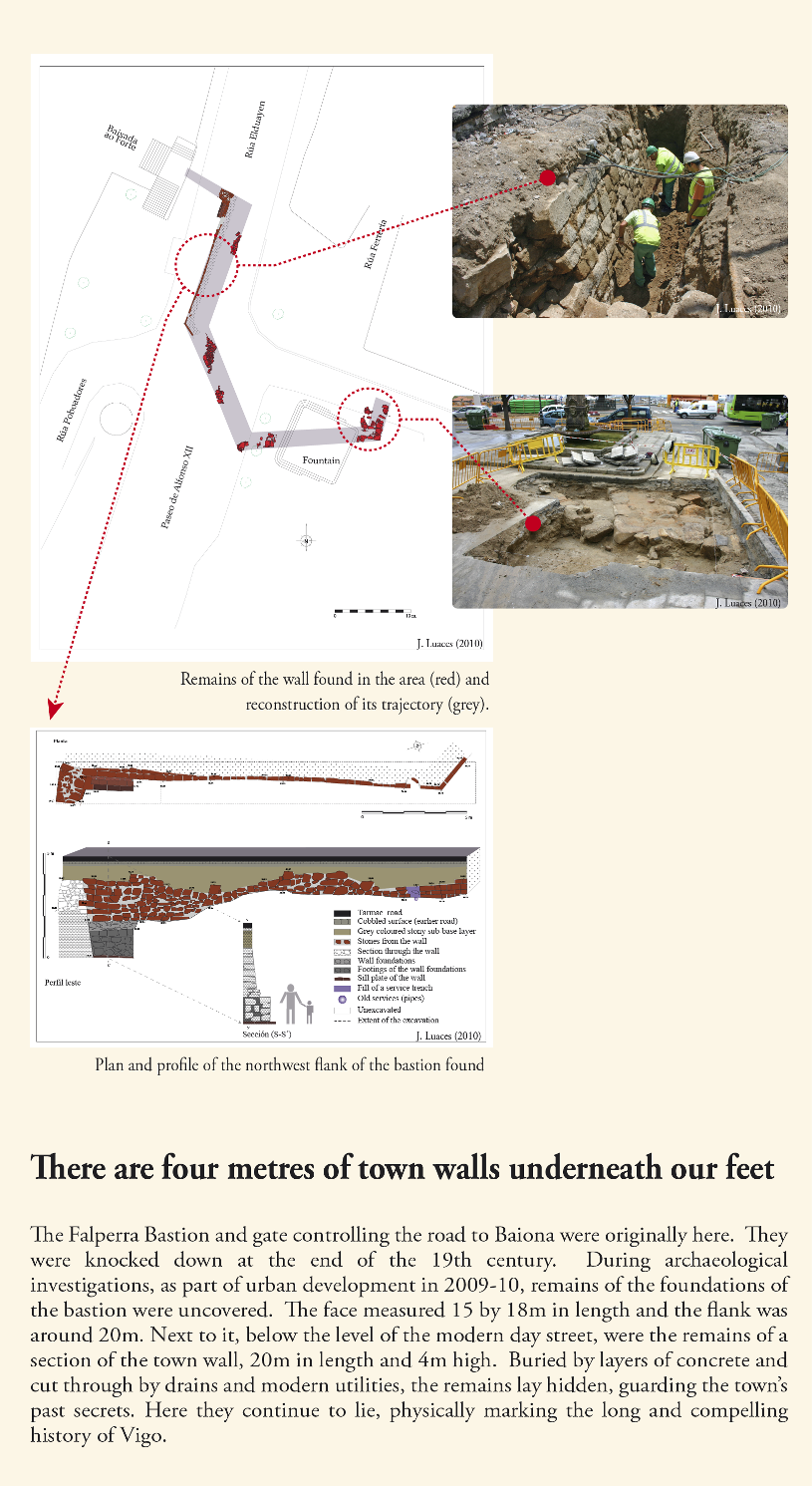Historical Heritage
The town walls were demolished when they were no longer needed
The local people valued the town walls for the protection they gave them and as a symbol linking the collective history of the townspeople, the great events and tragedies of the past. This positive feeling changed in the 19th century and many towns, like Vigo, took down their walls. Today, archaeology helps us recover their remains.
With the great transformations that occurred during the 19th century, many cities in Europe began to remove their defensive walls. They began to be perceived as being a problem. The areas within the walls had poor sanitation and the walls themselves became an obstacle to urban expansion. The defences were also no longer viable in respect to the development of modern warfare techniques. This was exactly the situation that faced Vigo, where rapid industrial and urban growth required more space. In fact, Vigo was one of the first towns in Spain to plan for this urban growth.

The Falperra Bastion and gate controlling the road to Baiona were originally here. They were knocked down at the end of the 19th century. During archaeological investigations, as part of urban development in 2009-10, remains of the foundations of the bastion were uncovered. The face measured 15 by 18m in length and the flank was around 20m. Next to it, below the level of the modern day street, were the remains of a section of the town wall, 20m in length and 4m high. Buried by layers of concrete and cut through by drains and modern utilities, the remains lay hidden, guarding the town’s past secrets. Here they continue to lie, physically marking the long and compelling history of Vigo.

Concello de Vigo
Praza do Rei - 36202 - Vigo (Pontevedra) - Teléfono: 010 - 986810100


